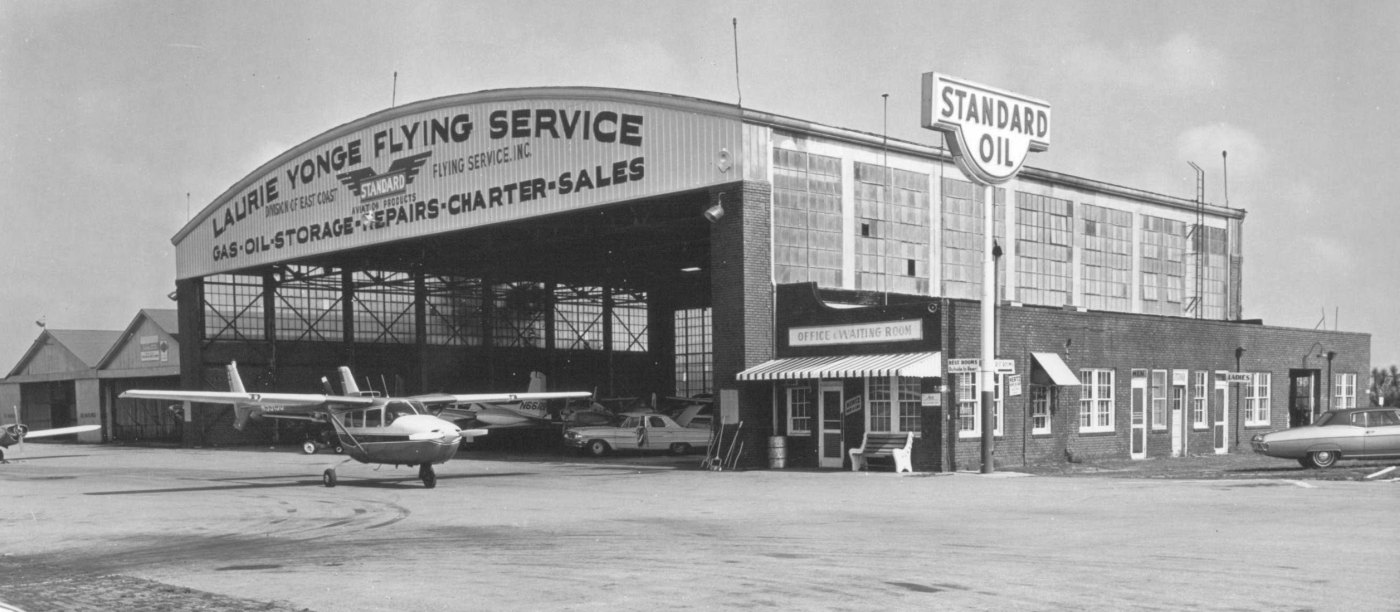

The majority of crew accommodation and cargo holds were placed inside the envelope. The large airship the Graf Zeppelin was noted for its distinctively short passenger gondola, mounted far forward so as to improve ground clearance. Rigid airships may have further passenger or cargo space internal to the envelope. A nonrigid blimp carries all of its passengers within a gondola. Early gondolas were open structures slung beneath the envelope, later ones were enclosed and hung directly from the internal framing. These may be short, for cockpit and landing gear alone, or longer to provide passenger space.

The term "gondola" is used to describe a crew car of an airship, slung beneath the centre of the envelope. This "conquest of the air", in particular his winning the Deutsch de la Meurthe prize on 19 October 1901 on a flight that rounded the Eiffel Tower, made him one of the most famous people in the world during the early 20th century.(Hamre, Bonnie. Santos-Dumont designed, built, and flew the first practical dirigible, demonstrating that routine, controlled flight was possible. In modern usage, balloon refers to any buoyant aircraft that generally relies on wind currents for horizontal movement, and usually has a mechanism to control vertical movement. Over time, the word balloon was dropped from the phrase.

The first airships were called dirigible balloons.
#Moffett museum cargolifter plus#
In some countries, airships are also known as dirigibles from the French ( diriger to direct plus -ible), meaning "directable" or steerable. The narrower and more technical meaning of aerostat refers only to tethered or moored balloons: in this sense airships are not aerostats. One meaning of aerostat refers to all craft that remain aloft using buoyancy (static not dynamic lift): in this sense airships are a type of aerostat. This confusion arises because aerostat has two different meanings. There is some confusion around the term aerostat with regard to airships. 6 Practical comparison with heavier-than-air aircraft.3.5 Britain's Burney Scheme and decline in airships.In the 21st century airships have been used in advertising, tourism, camera platforms for sporting events, geological surveys, and aerial observation - applications where the ability to hover in one place for an extended period outweighs the need for speed and maneuverability.
#Moffett museum cargolifter series#
Their decline continued with a series of high-profile accidents, including the 1937 burning of the hydrogen-filled Hindenburg, and the destruction of the USS Akron. Rigid airships are often called zeppelins, as the type was invented by Count Zeppelin and the vast majority of rigid airships built were manufactured by the firm he founded.Īirships were the first aircraft to enable controlled, powered flight, and were widely used before the 1940s, but their use decreased over time as their capabilities were surpassed by those of aeroplanes. The framework contains numerous balloons, known as "gas cells" or "gasbags" which supply static lift without having to bear any structural loading. Rigid airships have a structural framework which maintains the shape and carries all loads such as gondolas and engines. Semirigid airships maintain the envelope shape by internal pressure, but have some form of internal support such as a fixed keel to which control and engine gondolas, stabilizers, and steering surfaces are mounted. Blimps are pressure airships where internal pressure, maintained by forcing air into an internal ballonet, is used to maintain both the shape of the airship and its structural integrity. The main types of airship are nonrigid blimps, semirigid airship, and rigid airship. All modern airships, made since the 1960s, have used helium. Thus, for a while, helium was rarely used for airships outside the United States. Large amounts of it were discovered in the United States.

The alternative, helium, is nonflammable, but rare in most parts of the world. In early dirigibles, the lifting gas used was hydrogen, despite widespread concern due to its flammability. Unlike aircraft that use aerodynamics, such as fixed-wing aircraft and helicopters that produce lift by moving an airfoil through the air, aerostatic aircraft stay aloft by having a large "envelope" filled with a lifting gas that is less dense than the surrounding air. For the 1931 film, see Dirigible (film).ĭirigible airships compared with related aerostats, from a turn of the 20th century encyclopediaĪn airship or dirigible is a type of aerostat or lighter-than-air aircraft that can be steered and propelled through the air using rudders and propellers or other thrust mechanisms.


 0 kommentar(er)
0 kommentar(er)
